My Friends,
We live in a different world! One where we need as much help and support as we can get! We must Unite, we must share and Help Each Other, Love one another and work together, we must do what we can to make tomorrow better than today!
Remember, I am still learning, I never expect to know everything, however, I really try, hard, to learn as much as I can, everyday!
I cant yet predict these machines, I do however, have a pretty good idea how they work! Perhaps as high as 99%.
We have had Many Successes!
Everyone starting out, they should start here: Builders Guide to Aboveunity Machines, this thread will help others build a very solid background on the Technology we are Sharing!
This thread is designed to, its objective is, to help others following the Required Goals. If others follow the basic Outline, then they will Succeed! Many tend to go off track and they end up with an Experiment that is not anywhere near inline with the Non-Inductive Coil Experiment! I cant explain why some people do this, but many do! These People need to Force themselves to stay in line and this Guide will help others with this issue:
The Goal
The goal is to Power a Load, with Electrical Energy, Energy that we do not have to Pay for, Free Energy, a term that is bastardised and twisted by many to mean impossible non-sense by many! Energy can not be Created and every normal Human Being knows this, it can not be destroyed either! What Science does not tell you, they have no idea, whatsoever, where the Electrical Energy comes from in an Electrical Generator!
The Electrical Generator
The Electrical Generator, produces a Voltage ( V ) and a Current ( I ) Flows, determined by Ohms Law: V / R = I, where R = Resistance, been used for 189 Years approximately in different forms, linked directly to Faradays Law of Electromagnetic Induction!
Electromagnetic Induction
Faradays Law of Electromagnetic Induction was discovered in 1931, and independently in 1832 by Joseph Henry.
Faraday's law of induction (briefly, Faraday's law) is a basic law of electromagnetism predicting how a magnetic field will interact with an electric circuit to produce an electromotive force (EMF)—a phenomenon known as electromagnetic induction. It is the fundamental operating principle of transformers, inductors, and many types of electrical motors, generators and solenoids.
Two equations exist for Electromagnetic Induction: E.M.F = -NdΦ/dt and E.M.F = Bvl, Maxwell has modified these equations and used a completely different approach:
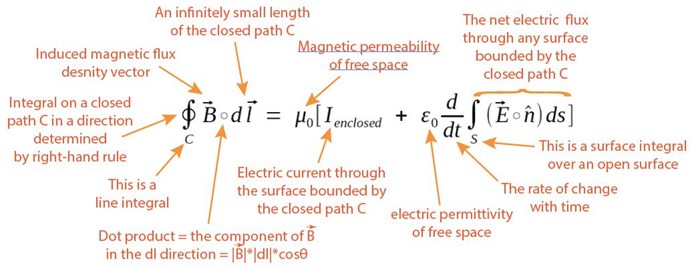
Voltage ( V )
The product of the above Equations is E.M.F, which is a quantity measured in Units of Volts.
The volt (symbol: V) is the derived unit for electric potential, electric potential difference (voltage), and electromotive force. It is named after the Italian physicist Alessandro Volta (1745–1827).
Ref: The Volt
One volt is defined as the difference in electric potential between two points of a conducting wire, when an electric current of one ampere dissipates one watt of power between those points. Equivalently, it is the potential difference between two points that will impart one joule of energy per coulomb of charge that passes through it. It can be expressed in terms of SI base units (m, kg, s, and A).
Charge ( Q )
Charge is the fundamental property of forms of matter that exhibit electrostatic attraction or repulsion in the presence of other matter. Electric charge is a characteristic property of many subatomic particles. The charges of free-standing particles are integer multiples of the elementary charge e; we say that electric charge is quantized. Michael Faraday, in his electrolysis experiments, was the first to note the discrete nature of electric charge. Robert Millikan's oil drop experiment demonstrated this fact directly, and measured the elementary charge. It has been discovered that one type of particle, quarks, have fractional charges of either −1/3 or +2/3, but it is believed they always occur in multiples of integral charge; free-standing quarks have never been observed.
By convention, the charge of an electron is negative, −e, while that of a proton is positive, +e. Charged particles whose charges have the same sign repel one another, and particles whose charges have different signs attract. Coulomb's law quantifies the electrostatic force between two particles by asserting that the force is proportional to the product of their charges, and inversely proportional to the square of the distance between them. The charge of an antiparticle equals that of the corresponding particle, but with opposite sign.
Ref: Electric charge
There are two types of electric charge: Positive and Negative, commonly carried by protons and electrons respectively. Like charges repel each other and unlike charges attract each other.
Charge is quantized: it comes in integer multiples of individual small units called the elementary charge, e, about 1.602×10−19 Coulombs.
Current ( I )
The conventional symbol for current is I, which originates from the French phrase intensité du courant, (current intensity). Current intensity is often referred to simply as current. The I symbol was used by André-Marie Ampère, after whom the unit of electric current is named, in formulating Ampère's force law (1820). The notation travelled from France to Great Britain, where it became standard, although at least one journal did not change from using C to I until 1896.
Ref: Electric Current
One Ampere of Current is equivalent to 6.24 x 1018 Electrons / Second past Terminal T1. Current is a Rate of Flow or Charge ( Q ), One Ampere, which is equal to One Coulomb:
Coulomb ( C )
The Coulomb is a very important quantity! The definition is:
The coulomb (symbol: C) is the International System of Units (SI) unit of electric charge. Under the 2019 redefinition of the SI base units, which took effect on 20 May 2019, the coulomb is exactly 1/1.602176634×10−19 (approximately 6.2415090744×1018, or 1.036×10−5 mol) elementary charges. The same number of electrons has the same magnitude but opposite sign of charge, that is, a charge of −1 C.
Ref: The Coulomb
One Coulomb of Charge is Equal to 6.2415090744×1018 Electrons, stationary, not including any movement.
NOTE: This value: 6.2415090744×1018 is the same as One Ampere: 6.2415090744×1018. The Difference is Time.
Capacitors Store Charge Q, and the Capacity is measured in Units of Farads ( F ) or multiples there of. Charge Q on a Capacitor is: Q = C ⋅ V Where Q is in Coulombs.
The SI system defines the coulomb in terms of the ampere and second: 1 C = 1 A × 1 s. The 2019 redefinition of the ampere and other SI base units fixed the numerical value of the elementary charge when expressed in coulombs, and therefore fixed the value of the coulomb when expressed as a multiple of the fundamental charge (the numerical values of those quantities are the multiplicative inverses of each other). The ampere is defined by taking the fixed numerical value of the elementary charge e to be 1.602176634×10−19 coulomb.
Thus, one coulomb is the charge of 6241509074460762607.776 elementary charges, where the number is the reciprocal of 1.602176634×10−19 C.
Ref: The Coulomb
The Coulomb is a very important Quantity, defining the Charge Volume: 6.2415090744×1018 Electrons. Where each Electron is: 1.602×10−19 Coulombs. What we call the Elementary Charge.
The Mole ( mol )
The mole (symbol - mol) is the unit of measurement for amount of substance in the International System of Units (SI). A mole of a substance or a mole of particles is defined as exactly 6.02214076×1023 particles, which may be atoms, molecules, ions, or electrons. In short, for particles 1 mol = 6.02214076×1023.
The current definition was adopted in November 2018 as one of the seven SI base units, revising the previous definition that specified it as the number of atoms in 12 grams of carbon-12 (12C), an isotope of carbon.
The number 6.02214076×1023 (the Avogadro number) was chosen so that the mass of one mole of a chemical compound in grams is numerically equal, for most practical purposes, to the average mass of one molecule of the compound in daltons. Thus, for example, one mole of water contains 6.02214076×1023 molecules, whose total mass is about 18.015 grams – and the mean mass of one molecule of water is about 18.015 daltons.
Ref: The Mole
I hope you see a connection here, this is directly connected to Einstein's Mass Energy Equivalence.
Mass Energy Equivalence ( E = MC2 )
In physics, mass–energy equivalence is the principle that anything having mass has an equivalent amount of energy and vice versa. These fundamental quantities are directly related to one another according to Albert Einstein's famous formula: E = MC2
This formula states that mass has an equivalent energy (E) which can be calculated as mass (m) multiplied by the speed of light squared (c2). Similarly, energy has an equivalent mass (m) which can be calculated as energy (E) divided by the speed of light squared (c2). Because the speed of light is a large number in everyday units (approximately 3×108 m/s), the formula implies that even an everyday object at rest with a modest amount of mass has a very large amount of intrinsic energy. Chemical reactions, nuclear reactions, and other energy transformations may cause a system to lose some of its energy content to the environment (and thus some corresponding mass), for example, by releasing it as thermal energy or as radiant energy, such as light.
Power ( P )
Power ( P ), is a Volumetric Quantity, this means:
of, concerning, or using measurement by volume: volumetric analysis Compare gravimetric
This means, we have a Rate of Flow, or Current ( I ), at a specific Charge ( Q ), determined by Voltage ( V ), the difference in Potential, or the difference of Elementary Charges from one terminal to the Other.
Instantaneously, Voltage V x Current I = Power P, over Time t, where One Volt x One Ampere I for the duration of One Second = One Wat Second, or One Joule:
The Joule ( J )
The Joule ( J ) is a Unit of Energy:
The joule (/dʒaʊl, dʒuːl/ jowl, jool; symbol: J) is a derived unit of energy in the International System of Units. It is equal to the energy transferred to (or work done on) an object when a force of one newton acts on that object in the direction of the force's motion through a distance of one metre (1 newton metre or N⋅m). It is also the energy dissipated as heat when an electric current of one ampere passes through a resistance of one ohm for one second. It is named after the English physicist James Prescott Joule (1818–1889).
Ref: The Joule
The Joule is Work, the work done in a System, equivalent to Force.
Force ( F )
One of My Favorites, Force ( F ). Edgar Cayce said:
There was, there is, as we find, only three of the creations as is given, matter force and mind.
The Definition of Force is:
In physics, a force is any interaction that, when unopposed, will change the motion of an object. A force can cause an object with mass to change its velocity (which includes to begin moving from a state of rest), i.e., to accelerate. Force can also be described intuitively as a push or a pull. A force has both magnitude and direction, making it a vector quantity. It is measured in the SI unit of newtons and represented by the symbol F.
The original form of Newton's second law states that the net force acting upon an object is equal to the rate at which its momentum changes with time. If the mass of the object is constant, this law implies that the acceleration of an object is directly proportional to the net force acting on the object, is in the direction of the net force, and is inversely proportional to the mass of the object.
Concepts related to force include: thrust, which increases the velocity of an object; drag, which decreases the velocity of an object; and torque, which produces changes in rotational speed of an object. In an extended body, each part usually applies forces on the adjacent parts; the distribution of such forces through the body is the internal mechanical stress. Such internal mechanical stresses cause no acceleration of that body as the forces balance one another. Pressure, the distribution of many small forces applied over an area of a body, is a simple type of stress that if unbalanced can cause the body to accelerate. Stress usually causes deformation of solid materials, or flow in fluids.
Ref: Force
Work, getting a sweat up, lifting against the Force of Gravity, anything that requires effort: Work, requires a Force to achieve moving, lifting, or similar.
Magnetomotive Force ( M.M.F )
The term magnetomotive force was coined by Henry Augustus Rowland in 1880. Rowland intended this to indicate a direct analogy with electromotive force. The idea of a magnetic analogy to electromotive force can be found much earlier in the work of Michael Faraday (1791-1867) and it is hinted at by James Clerk Maxwell (1831-1879). However, Rowland coined the term and was the first to make explicit an Ohm's law for magnetic circuits in 1873.
Ref: Magnetomotive Force
The SI Unit of Magnetomotive Force ( M.M.F ) is the Ampere, the same as the Unit of Current, analogously the Units of E.M.F and Voltage V are both the Volt. Informally, and frequently, this unit is stated as the Ampere-Turn AT to avoid confusion with Current.
The Equations:
- FM.M.F = NI
- FM.M.F = 2 W / Φ
- FM.M.F = ΦR
- FM.M.F = HL
Where:
- N is the number of turns in the Coil.
- I is the Current through the Coil.
- W is the energy in Joules.
- Φ is the Magnetic Flux.
- R is the Magnetic Reluctance.
- H is the Magnetizing Force.
- L is the mean length of a solenoid or the circumference of a toroid.
Here is a good Resource.
Magnetomotive Force is a critical aspect, Current through a Coil Turns ( N ), of Impedance, or 1/R, the Inverse of Resistance, which is Conductance.
Ampere-Turns ( AT )
Although Ampere Turns is old, and not used very much any more, it is still very useful:
The ampere-turn (At) is the MKS (Metres, Kilograms, Seconds) unit of magnetomotive force (MMF), represented by a direct current of one ampere flowing in a single-turn loop in a vacuum. "Turns" refers to the winding number of an electrical conductor composing an inductor.
The ampere-turn is equal to 4/π gilberts, the equivalent CGS unit.
Ref: Ampere-Turn
Ampere-Turns is an easy unit, simply: 10 Turns ( N ) at 10 Amperes ( I ) = 10 x 10 = 100 Ampere Turns.
Conductance ( G )
The ability of a Conductor, to Conduct Current:
The resistance of an object depends in large part on the material it is made of. Objects made of electrical insulators like rubber tend to have very high resistance and low conductivity, while objects made of electrical conductors like metals tend to have very low resistance and high conductivity. This relationship is quantified by resistivity or conductivity. The nature of a material is not the only factor in resistance and conductance, however; it also depends on the size and shape of an object because these properties are extensive rather than intensive. For example, a wire's resistance is higher if it is long and thin, and lower if it is short and thick. All objects resist electrical current, except for superconductors, which have a resistance of zero.
The resistance R of an object is defined as the ratio of voltage V across it to current I through it, while the conductance G is the reciprocal.
You can see, it is not only clear, but it is obvious, we need to build an Electron Pump! Using M.M.F to Pump, do work on Electrons.
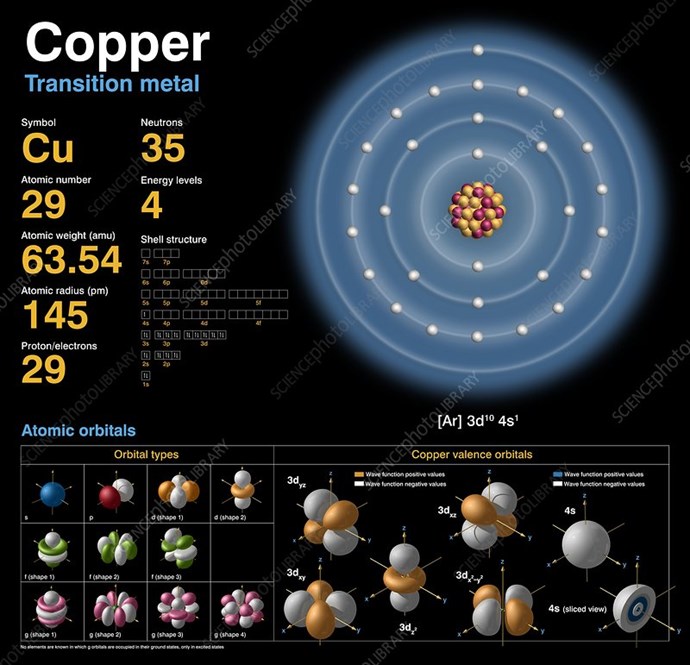
If you want more information, I would recommend starting here.
Best wishes, stay safe and well My Friends
Chris





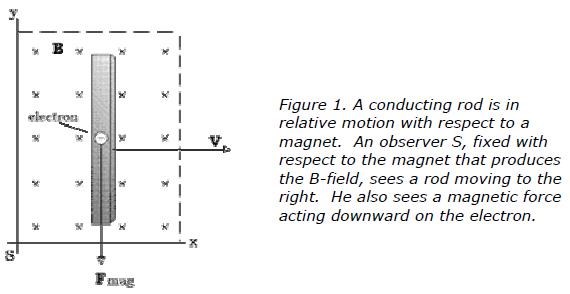
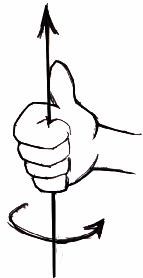
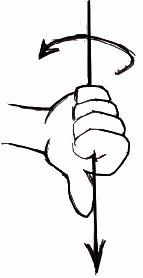

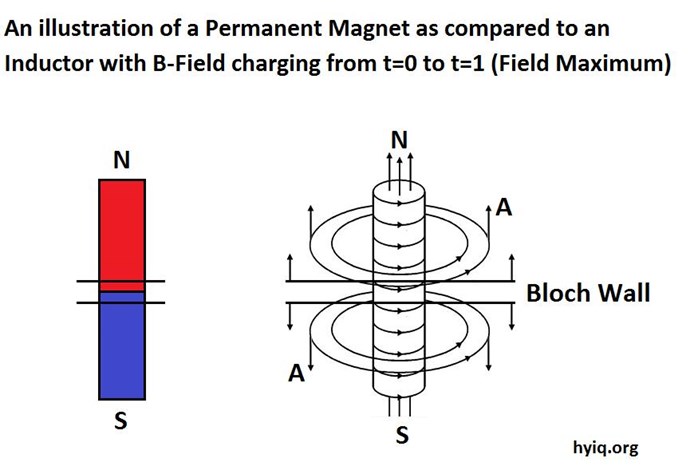
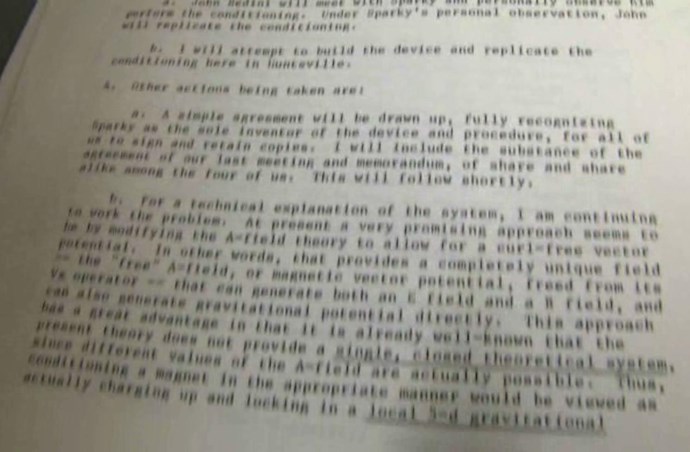
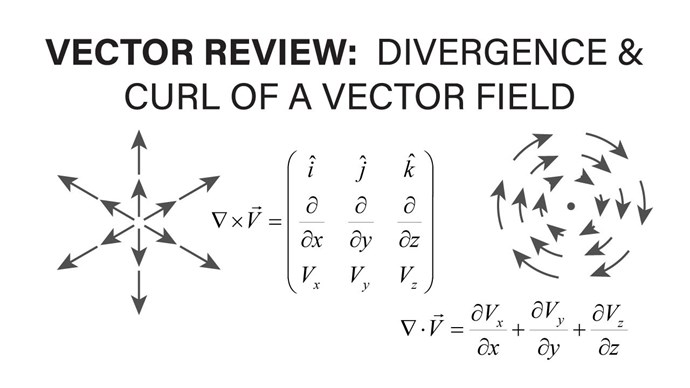



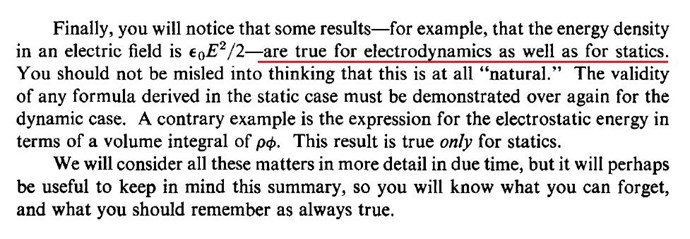
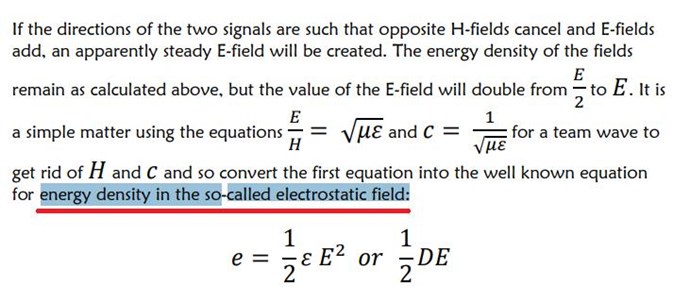
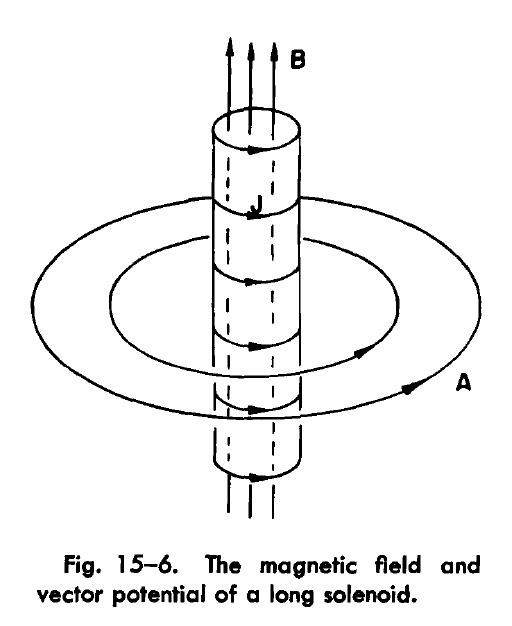
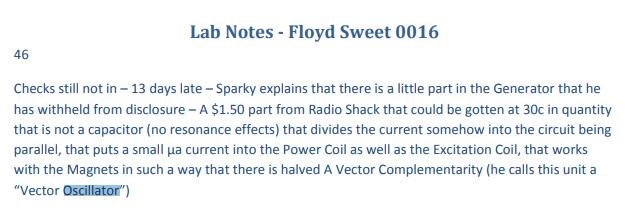
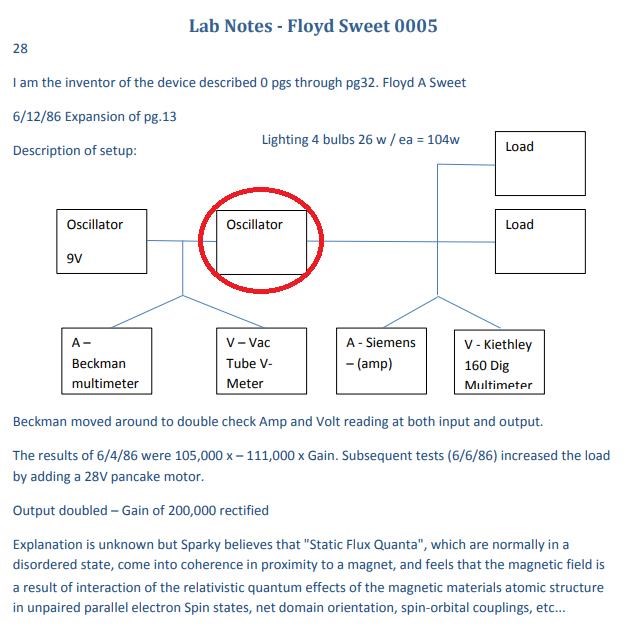



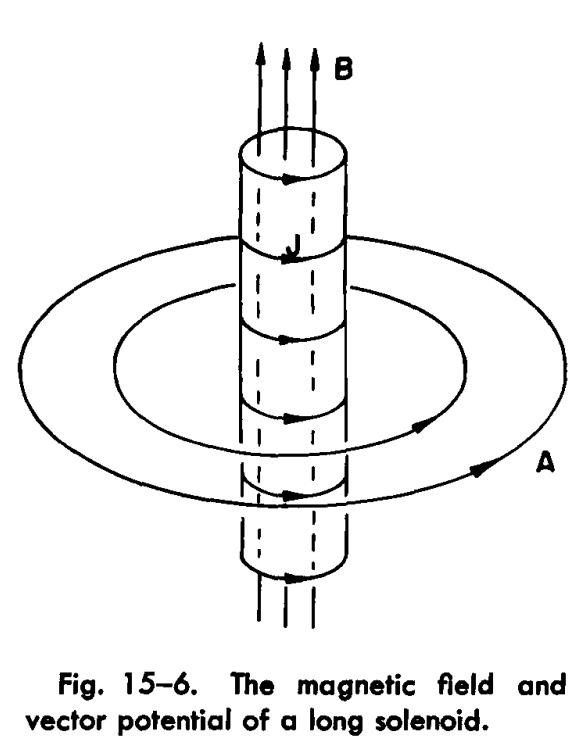
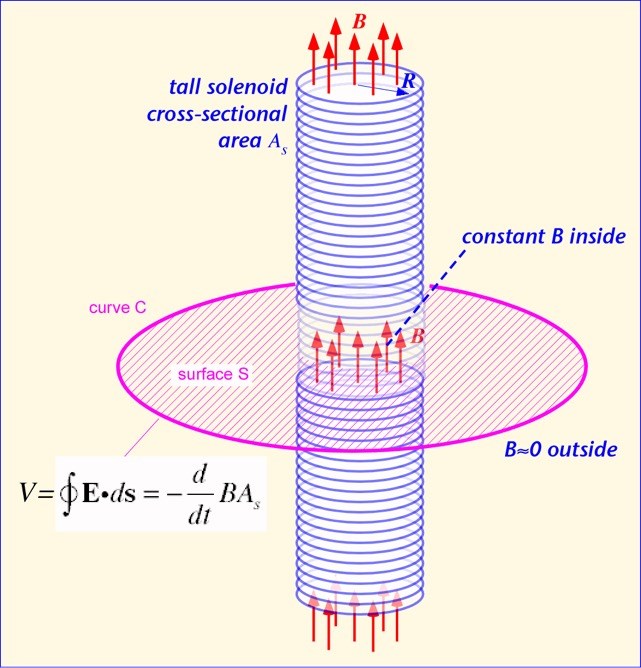
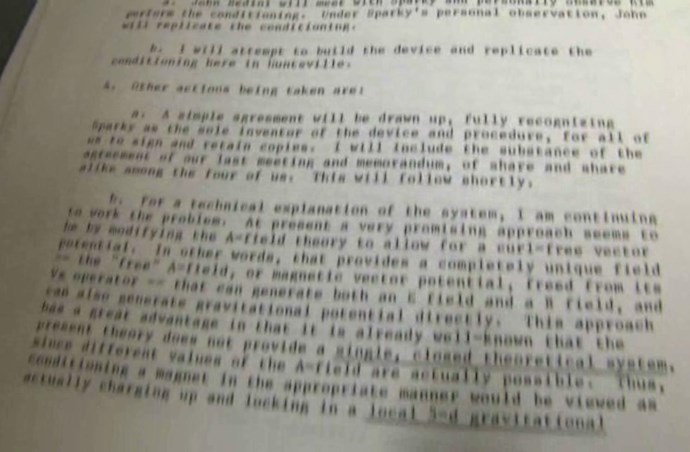
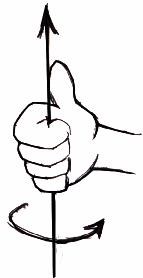
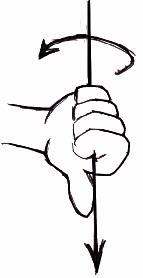






---open-tesla-research.jpg?width=20&crop=0,0,20,20)

